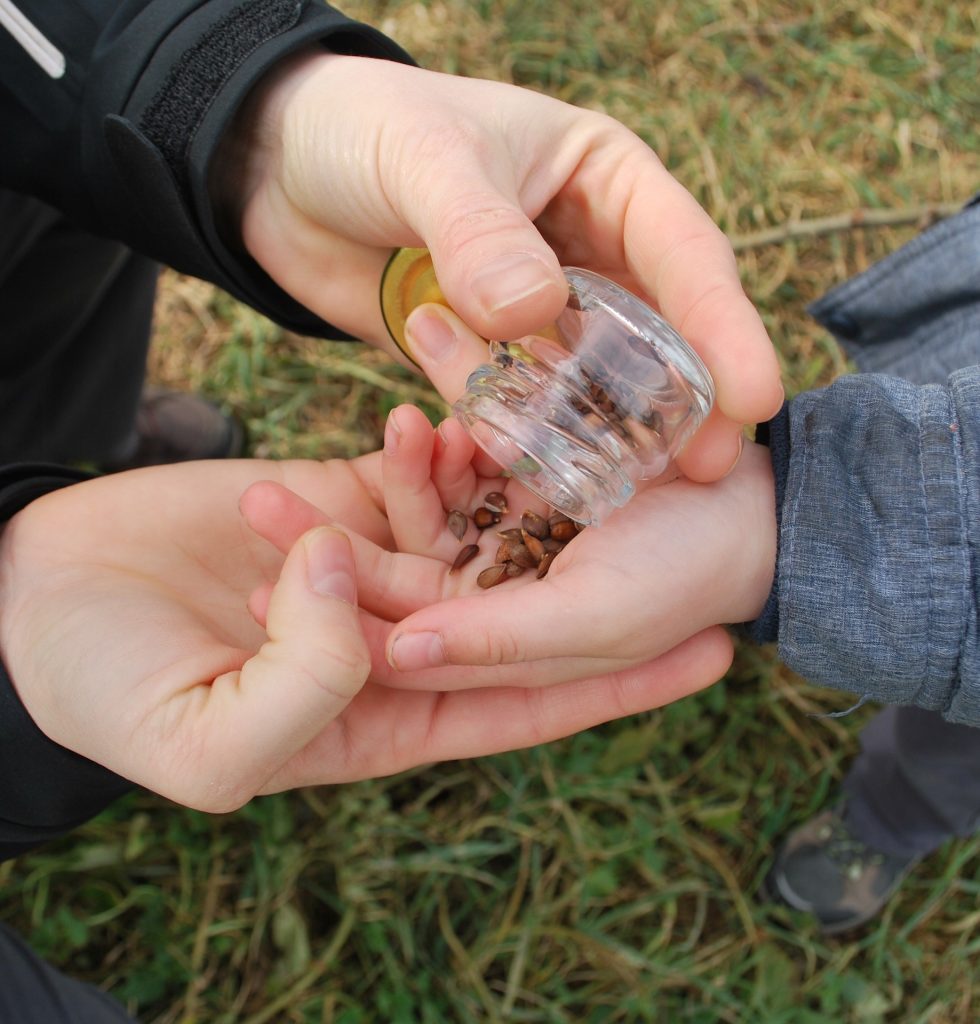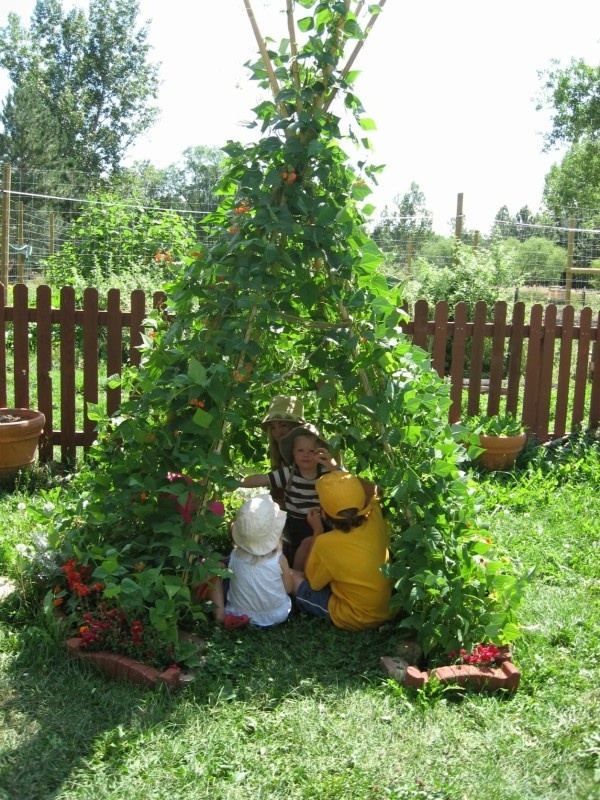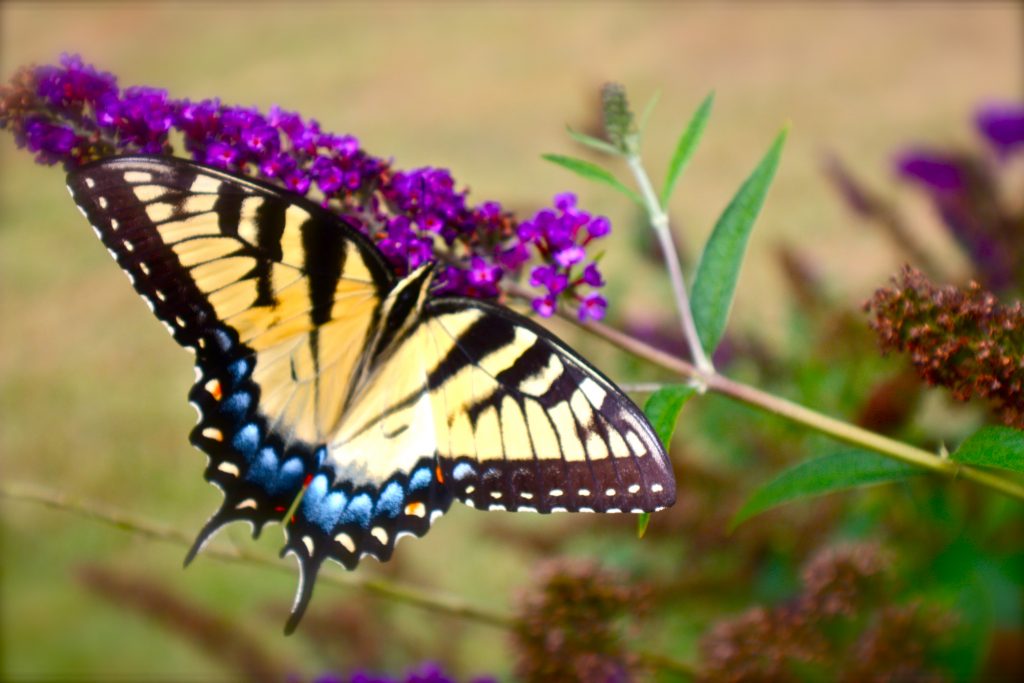We all know that kids and dirt go together like peas and carrots, which makes gardening an easy activity to encourage. It can be an amazing journey of discovery to realize that sun and water will create sunflowers and watermelons, and there are a lot of wonderful activities to investigate year-round. Young children can help with seeding and planting, and older children can take it a step further by learning how plants grow and trying experiments in the garden. After all, much of gardening is experimentation, and that’s what makes it fun!

1) Try starting some seeds indoors! Choose larger seeds like beans, peas, or marigolds that are easy to handle and count. Even if these aren’t plants that make it into the garden, it’s fun to count the number of days until they come up and watch them grow. Older children can measure how tall they grow in a week, or how long it takes for each set of leaves to form and expand.
2) Direct seeding of easy annuals—we’ve all encountered plants that seem to grow of their own accord every year. Cheery pink or white cosmos are quick to start, as are marigolds, sunflowers, and pumpkins. Zinnias come in a riot of colors. Bachelor buttons and nasturtiums can be tucked in to fill out bare spots.
3) A plot of one’s own—foster a sense of responsibility by creating a small plot for each child. A 3’ stretch along the fence can be a trial garden for different kinds of flowers or vegetables, and can be decorated with painted rocks or other handmade garden-themed crafts. Let each child choose their plants or seeds for a garden that is their own creation. Take pic tures of the progress and help behind the scenes as needed.
tures of the progress and help behind the scenes as needed.
4) Living playhouse—it’s easy to grow a sheltered play space with either giant sunflowers or pole beans. Simply plant seeds in a circle big enough for two (or more!) people and be sure to leave a section that will eventually be a door. Once the plants are up, add tall stakes and tie them together at the top to form a cone shape. The seedlings will grow through the summer and create a shady nook by summer’s end.
5) Plant a fairy, gnome, dinosaur or toy garden! Miniature gardens are all the rage right now and they can easily be planted in the ground or in a container (to bring in for the winter months). Select small groundcover annuals and perennials for outdoor gardens. Wee houseplants in 2” pots are perfect for indoor landscapes. Miniature gardens can also be planted in a terrarium or former fish tank. The possibilities are endless! If toys end up in the garden, be sure that they are plastic, wood, or resin to stand up to the weather.
6) Create a habitatforbutterflies by choosing flowers and plants that either have a lot of nectar or tasty leaves. Butterfly larvae feed on specific plants (such as milkweed for monarchs) and adult butterflies feed on flower nectar. Try tracking the different types of butterflies you see in your yard.
7) Make a garden collage (or several over the season) to document what was spotted in the yard. Collect leaves, press flowers, and draw pictures to tell the story of this year’s garden. Older children can keep a garden journal and little ones can be prompted to chime in with an adult scribe.
